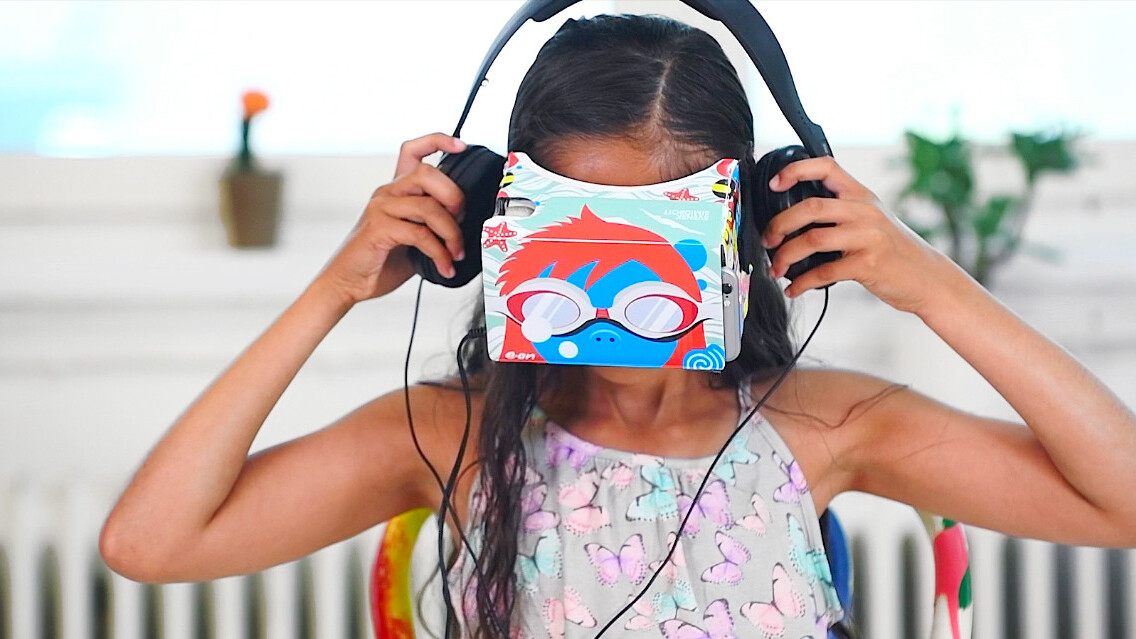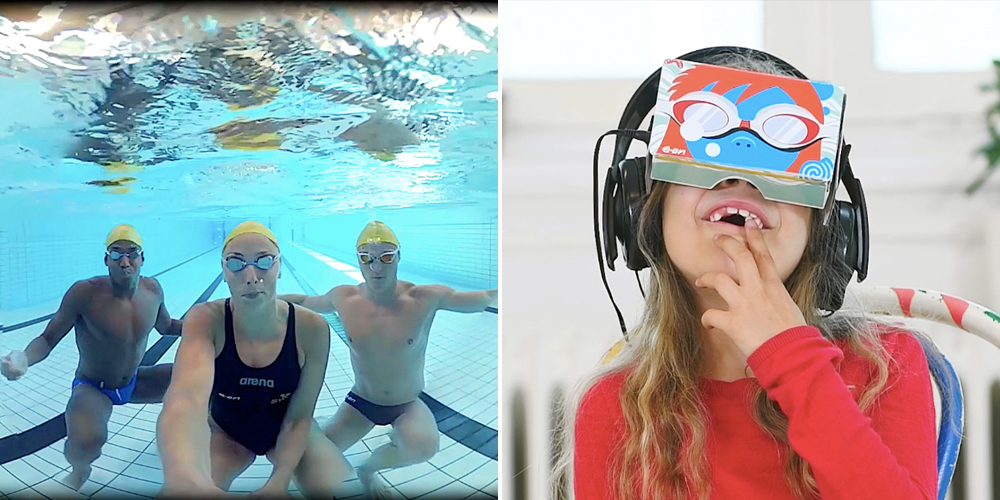
Fear isn’t always such a bad thing. It is, after all, a self-preservation response programmed into our DNA that can be useful in keeping us out of harm’s way.
When that fear is constant and irrational, however, it can become a crippling problem, and one that a whole lot of us struggle with every day. Nearly 25 million Americans report having the fear of flying phobia, and almost nine percent of the adult population in the US have at least one extreme specific fear.
This is a problem that interested Swedish Psychologist Philip Lindner, who believes that virtual reality can be the key to overcoming these irrational fears.
If you experience something you are afraid of in VR, and you manage to stay in that situation despite the discomfort, then you have most likely lowered the barriers for trying it in real life.
Lindner tested out this theory by exposing arachnophobic patients to their biggest fear: Big, hairy spiders – albeit virtual ones.

Via VR you can virtually recreate in detail a realistic and safe experience, where you can try and expose yourself to – and stay in a situation – that you feel is uncomfortable, so that you can experience that the discomfort actually disappears by itself. The things you thought would happen, most likely did not.
The same principle of gradual immersion was applied – perhaps more literally – to his next project, The Power of Swimming, a partnership between the Swedish Swimming Federation, energy company E.ON, and M&C Saatchi Stockholm.
In a land full of lakes and surrounded by the sea, it’s perhaps surprising that one in five Swedish children can’s swim, so the project wanted to inspire young people who were nervous around water to overcome their fear and dive in.
Saatchi worked with production company Apartment5 to create a VR experience where hydrophobic children were introduced to three members of the Swedish swim team, who coached and guided them in a virtual swimming pool environment. During the second phase of the project, the children then met the same swimmers in the flesh, and began to swim in real life.
Gradual exposure to what makes you afraid (also known as desensitisation therapy) is acknowledged as the most effective way to treat phobias, yet depending on the type of phobia this is often challenging; A patient who experiences severe fear of flying, for example, would have to actually board a flight, and their reaction could well prove upsetting and dangerous not only for the patient but for fellow passengers.
In VR, however, this gradual exposure can be safely adjusted and controlled. In Dr Lindner’s spider experiment, for instance, patients first interacted with quite cartoon-like spiders, which eventually became more photo-realistic as the therapy progressed and their tolerance threshold increased.

It was no different for the Swedish children taking part in the project: Even within a short period of immersion, the children’s response to water was completely changed, and many who were quite anxious to start with visibly started to have fun, saying things like: “I was in the water in a second,” “I think that’s what I want to do when I grow up,” and “It feels good to be under water now.”
Considering how VR is still very much in its infancy, these early results seem to bode well for a lot of therapeutic uses of the technology, which can only be good news for the millions of us who could use a helping hand in conquering our fears.
Get the TNW newsletter
Get the most important tech news in your inbox each week.





